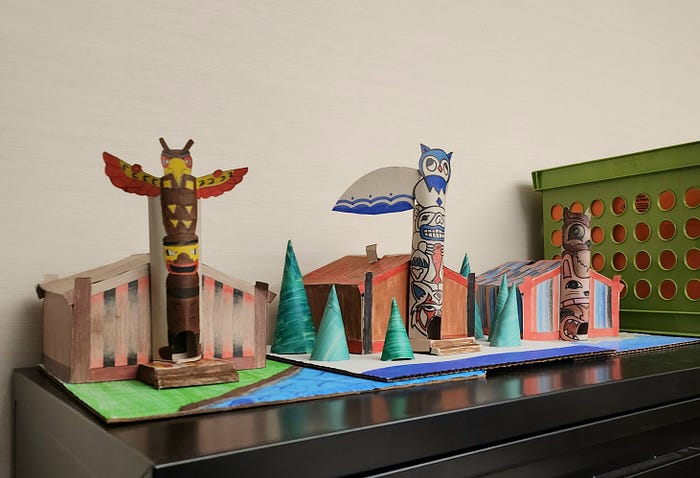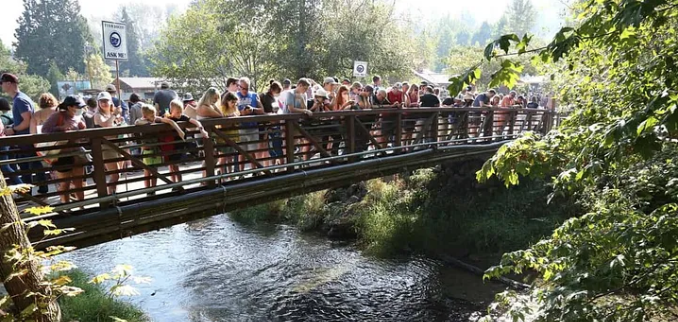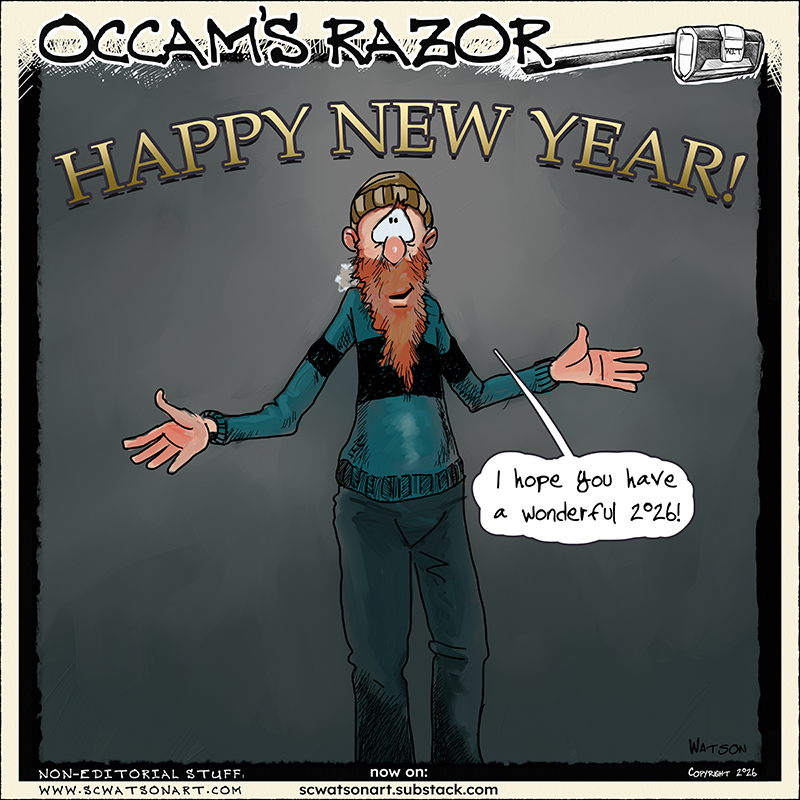||| FROM OFFICE OF SUPERINTENDENT OF PUBLIC INSTRUCTION |||
Do you know what’s noteworthy about Washington state’s high school graduation requirements? It’s Washington state history.
From seventh to 12th grade, all students in Washington State are required to take one semester of Washington state history. This course covers the geography, history, government, economy, and people of Washington State.
I took Washington state history in my freshman year. As I moved from South Korea that year, I did not know much about Washington state. However, during the six months I spent in Washington state history class, I realized how much my appreciation for Washington state itself had grown. My view of Washington shifted from simply a “rainy state” to a captivating, beautiful state with diverse geographies, organisms, and culture.
What We Learn in Washington State History Class
- Indigenous tribes such as Coast Salish, Spokane, and Yakama
- Conflicts that Native Americans face today, such as getting back their ownership of watershed and fish
- Japanese-American Incarceration during World War II
- Process of a bill becoming a law
- Constitution of Washington State
- Diverse geography such as the Cascade Range and Columbia River
- Native organisms such as Grand Fir, Baneberry, and Fern
What I Derived from the Class
Two of the projects I worked on in Washington state history class were a Haida house and a brochure about Pacific County. The Haida house was a traditional Native American house. It was made of big healthy cedar trees and averaged 25 to 33 meters long and 17 meters wide. Haida houses had totem poles in the front of the house, with animals representing the clan carved on them. It could be usually found along the Northwest Coast (Simon Fraser University).

I made the brochure about Pacific County while learning about the different counties in our state. After making the brochure, we, as a class, shared brochures we made for different counties. Through this project, I was able to gain a deeper understanding of each county and its history. I learned that each county has a unique local history due to its distinct geographies, natural resources, and peoples, which add to the state’s diversity.
**If you are reading theOrcasonian for free, thank your fellow islanders. If you would like to support theOrcasonian CLICK HERE to set your modestly-priced, voluntary subscription. Otherwise, no worries; we’re happy to share with you.**









This is so cool! I grew up in Edmonds. The most valuable thing I learned as a teen was a segment done on local history. How the area got settled, the trains, logging, fishing and forestry origins, whales, salmon, historical downtown Edmonds buildings, all of it. I don’t think it was taught more than a semester but pretty much everything else I learned paled in comparison to the many decades this has stuck with me.